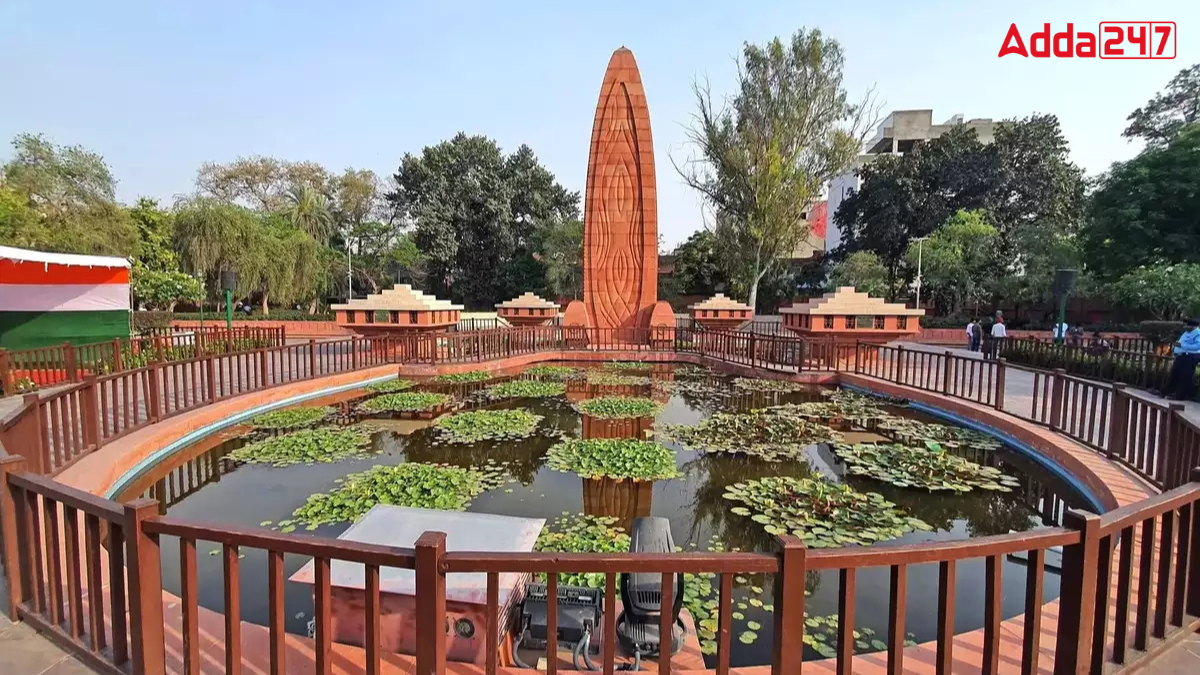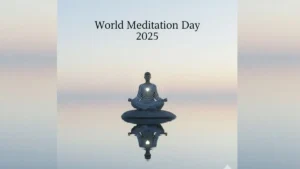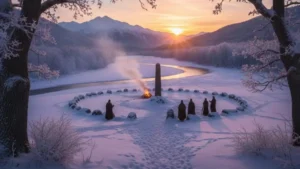The Jallianwala Bagh Massacre happened on April 13, 1919, in Amritsar, Punjab. On this day, British soldiers opened fire on a group of unarmed Indians gathered at Jallianwala Bagh. Many people died and many more were injured. This terrible event became a turning point in India’s freedom struggle and created strong anger against British rule.
What Happened on that Day?
It was Baisakhi, a popular festival in Punjab. Many villagers came to Amritsar to celebrate the festival and also to attend a peaceful protest against the Rowlatt Act, which allowed the British to arrest people without trial.
General Reginald Dyer reached Jallianwala Bagh with his soldiers. Without giving any warning, he ordered his men to fire on the crowd. The only exist of the garden was also blocked, so people had no way to escape. The firing continued until the bullets were finished.
Casualties and Suffering
The British said around 379 people died and over 1,200 were injured, but Indian sources believe that over 500 people were killed, including women and children. The place turned into a scene of horror and fear.
Why did the Massacre Happen?
- Rowlatt Act 1919: This law allowed the British to arrest Indians without proof or trial, which made Indians very angry.
- Protests and Arrests: Two leaders, Dr. Satyapal and Dr. Saifuddin Kitchlew, were arrested, which made people protest more strongly.
- British Fear: The British government and General Dyer thought the protest was dangerous, so they reacted with extreme violence.
Reactions to the Jallianwala Bagh Massacre
- Gandhi’s Response: Mahatma Gandhi called for a nationwide strike, a day of fasting, and a day of prayer.
- Tagore’s Protest: The famous poet Rabindranath Tagore returned his British knighthood in protest.
- Hunter Commission: The British set up the Hunter Commission to investigate the massacre. General Dyer was removed from duty but not punished.
- Udham Singh’s Revenge: In 1940, Udham Singh killed Michael O’ Dwyer, who was the Lieutenant Governor of Punjab during the massacre.
Impact of the Jallianwala Bagh Massacre
- Rise of Nationalism: The massacre made many Indians lose all faith in British rule.
- New Movements: Gandhi started the Non-Cooperation Movement in 1920, which became a big step in the freedom struggle.
- World Reaction: Many people around the world criticized the British for their cruelty.
- Unity Among Indians: Indians became more united against British rule.
- Symbol of Sacrifice: Jallianwala Bagh became a symbol of bravery and pain for freedom.
Jallianwala Bagh Today
Today, Jallianwala Bagh is a national memorial. It has been preserved to remember the victims. Every year, people pay tribute to those who died. It reminds everyone of the struggles and sacrifices made to achieve India’s independence.



 World Basketball Day 2025 Celebrates Bas...
World Basketball Day 2025 Celebrates Bas...
 UN Celebrates Second World Meditation Da...
UN Celebrates Second World Meditation Da...
 Winter Solstice 2025 Observed on Sunday,...
Winter Solstice 2025 Observed on Sunday,...







